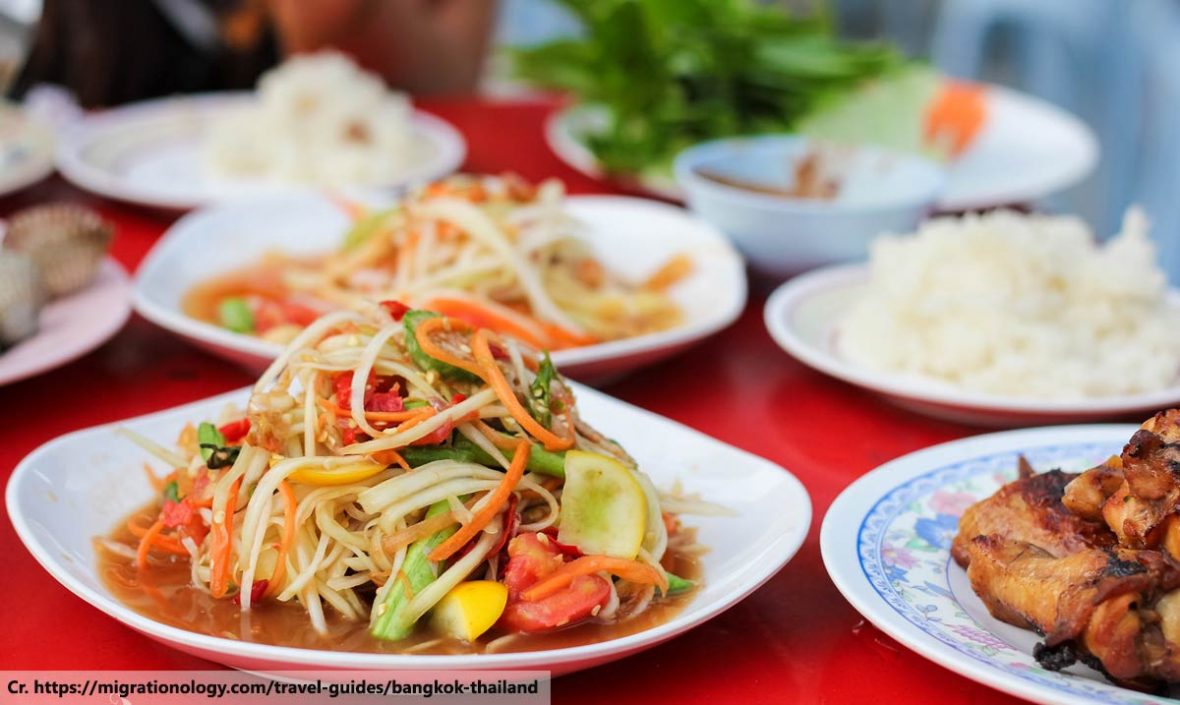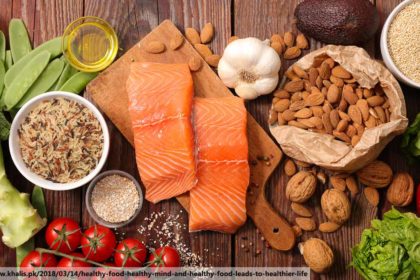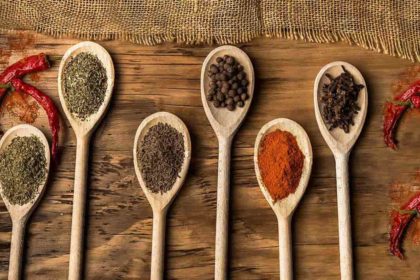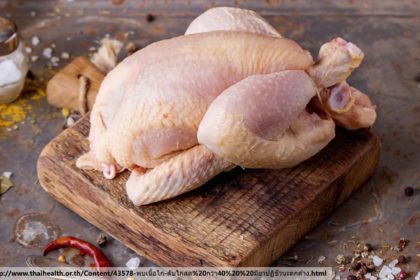When it comes to Thai dining, Phuket has a lot of variety to offer. You can have have anything from simple street snacks at one of the many night markets to fine Royal Thai cuisine at astounding restaurants, and quite a bit in between. While Thai food may be famous around the world, the method of eating it is surprisingly unknown to many. Restaurants in other countries will often serve their menu with the utensils their customers are familiar with, rather than those you’d see in a Phuket Thai restaurant. For those who want the genuine Thai dining experience, the following is all you need to know about how to properly eat Thai food.
Utensils
The common misconception about about the sort of Thai dining Phuket offers is that, being in eastern Asia, it must involve chopsticks. The reality is that most Thai food is eaten with a fork and spoon. A knife is generally not included as the chef will cut the meat into bite-sized pieces and, in the cases where the meat is still on the bone, it will be tender enough to slice off with the edge of the spoon. Unusually, the spoon generally goes in the dominant hand and is the main tool for getting the food from your plate and into your mouth. The fork is only there to guide the food onto the spoon.

Of course, there are some exceptions where chopsticks are necessary. When it comes to Thai dining, Phuket offers some great noodle soup dishes, such as mee hokkien. With dishes like this, you get chopsticks for the meat and noodles while you use a Chinese soup spoon for the broth.
Finally, there are some cases where you have to get your hands dirty. Some dishes are served with a basket of raw veggies and herbs while others include rough-cut meats on the bone. There’s also the cases where your utensil is sticky rice, which you form into a kind of spoon. Don’t be shy about getting all 10 fingers involved, but make sure they’re clean!
Condiments
The table of a Phuket Thai restaurant will generally have four condiments on it: sugar, dried chilli flakes, fish sauce and fresh chillies in white vinegar. In some cases, the fish sauce will also contain fresh chillies. The fish sauce is the most popular, acting as the liquid equivalent of salt. The chilli flakes are also a popular way of adding some kick to bland dishes like khao pad.
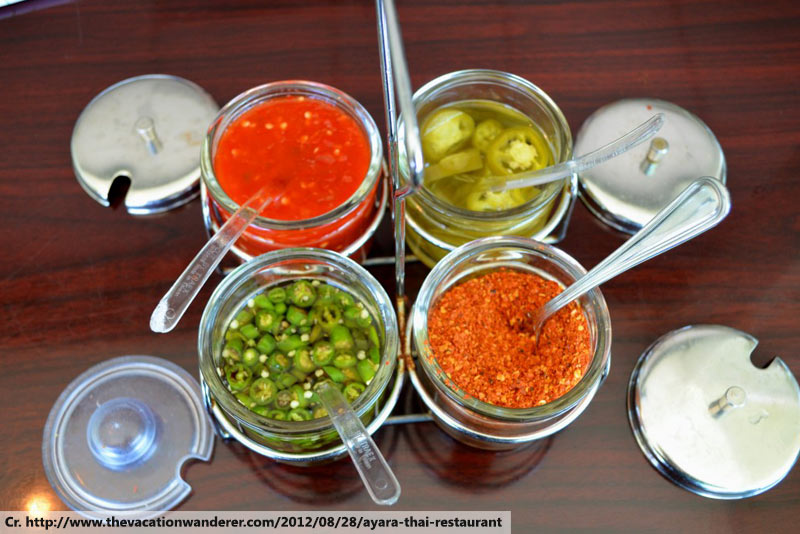
Etiquette
There isn’t too much difference between the sort of behaviour expected when Thai dining Phuket-style and when eating your own home cuisine. The most notable difference is in the use of toothpicks. Watch the diners around you and you’ll see that they always cover their mouths before they start trying to dislodge some irritating morsel. It is generally appreciated if you do the same.
Being famous for its generous use of chillies, Thai cuisine will naturally make you sweat and might make your nose run a little. Please do not noisily blow your nose. Instead, you should quietly and discretely wipe your nose with a napkin to avoid embarrassment.

